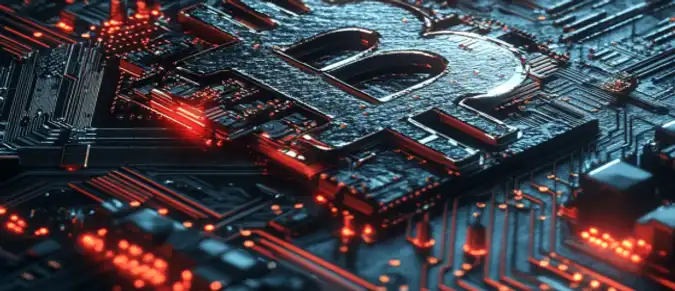Pi Network is a relatively new project in the cryptocurrency world that aims to make mining accessible to everyone through the use of mobile devices. Launched in 2019 by Stanford graduates, it has gained widespread attention due to its unique mobile mining concept. Pi Network claims to allow users to earn Pi cryptocurrency without the energy-intensive processes typical of traditional mining, such as Bitcoin.
Content:
- The Technology of Pi Network: How Mobile Mining Works
- Advantages and Features of Pi Network
- Risks and Challenges for Pi Network
- Pi Network’s Place in the Future of Crypto Economy
- Conclusion

The Technology of Pi Network: How Mobile Mining Works
Pi Network uses a unique approach to mining, where the process of mining Pi is conducted on mobile devices without the need for expensive equipment or large amounts of energy. Based on the Stellar consensus mechanism, the Pi Network operates on the principle of trusted nodes, where users add each other to their "security circles," allowing the system to verify transaction validity. This method differs from traditional Proof of Work (PoW) or Proof of Stake (PoS) algorithms, as it does not require significant computing power.
Main processes in Pi Network:
- Users download the mobile app and register.
- Each day, they can activate the mining process with one tap on the screen, with minimal device resources used.
- To increase mining efficiency, users can build their trusted circles by inviting new participants to the network.
Advantages and Features of Pi Network
The main advantage of Pi Network is that it allows regular users to access cryptocurrency without the need to invest in expensive equipment. The mining process does not strain the device, making the project particularly attractive for widespread use.
Advantages of Pi Network:
- Mobile mining: No need for complex hardware, users can mine using their phones.
- Resource efficiency: Unlike traditional mining, Pi Network does not require large amounts of electricity.
- Simplicity of use: The app's interface is intuitive and accessible to everyone.
- Decentralized trust: The trusted node model ensures transaction security through social verification.
Comparison Table:
| Feature | Traditional Mining (Bitcoin) | Pi Network |
|---|---|---|
| Energy consumption | High | Low |
| Hardware | Requires powerful hardware | Only a smartphone is needed |
| Ease of use | Complicated setup | Simple mobile app |
| Mass accessibility | Limited | High |
Risks and Challenges for Pi Network
Despite the attractiveness of the concept, the Pi Network project faces several challenges. The primary concern is the uncertainty about the real value and utility of the Pi coin. At the moment, the coin is not traded on exchanges, and its economic value remains in question until the third phase of the project is launched, which will involve full decentralization and market availability.
Other risks include:
- Lack of real liquidity: As of the writing of this article, Pi cannot be exchanged for other cryptocurrencies or fiat, raising skepticism among critics.
- Regulatory risks: Like many other cryptocurrencies, Pi may face legal challenges in various jurisdictions.
- Uncertain future development: While the project is actively evolving, its future will depend on the ability of the Pi Network team to overcome technical and organizational obstacles.
Pi Network’s Place in the Future of Crypto Economy
Pi Network, as a project with a unique mobile mining concept, has the potential to change the way cryptocurrency accessibility is perceived. Unlike traditional cryptocurrencies, which require significant investments in hardware, Pi Network allows every user to become part of the network. If the project succeeds in scaling and implementing all the planned phases, Pi could carve out its niche in the global crypto economy.
Potentially, Pi Network could become a popular cryptocurrency for mass use due to its low entry barrier and ease of operation. However, its success will depend on the developers' ability to integrate it into the broader context of the digital economy and provide stability and liquidity.
Conclusion
Pi Network is a promising project that could bring significant changes to the cryptocurrency sector. With the ability to mine on mobile devices without substantial electricity or hardware costs, the project has attracted millions of users worldwide. However, for the project to secure a stable position in the market, it will need to resolve several issues, such as the lack of liquidity and regulatory uncertainty.




